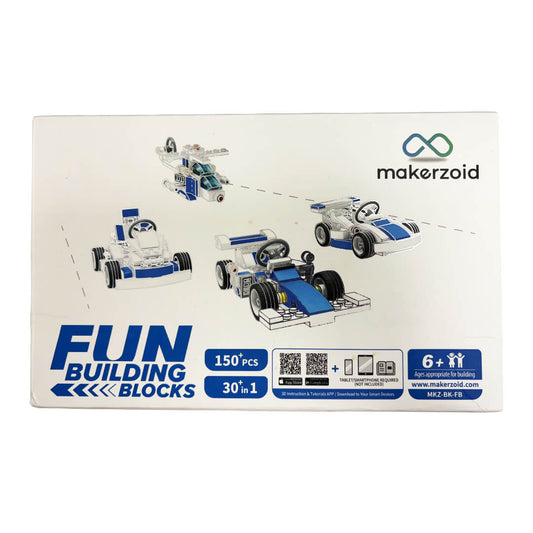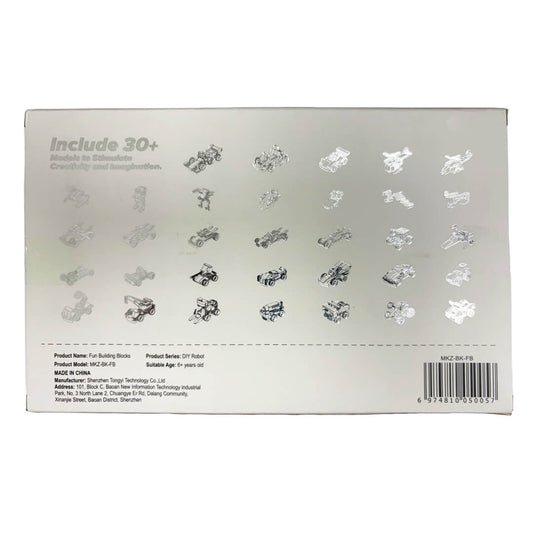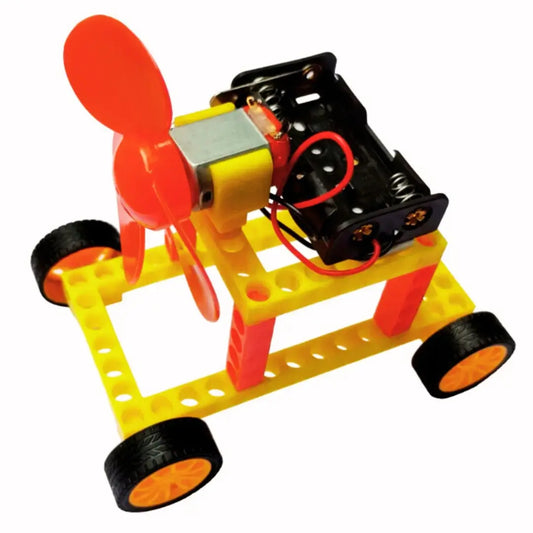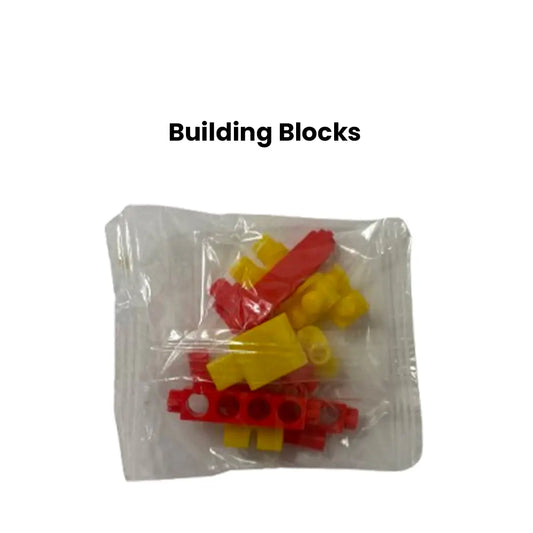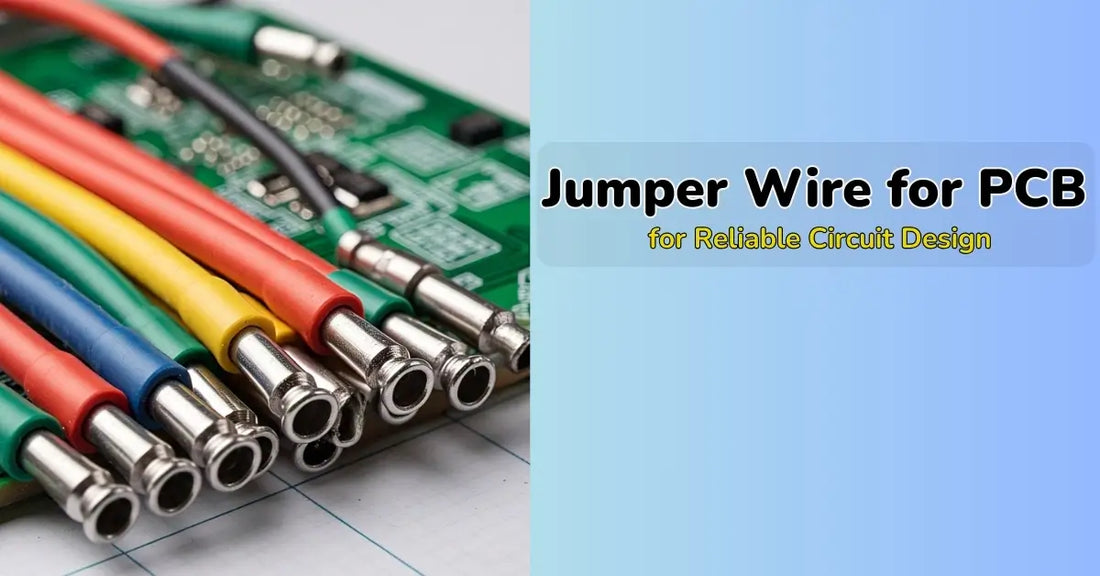
Jumper Wire for PCB for Reliable Circuit Design
IEM RoboticsTable of Contents
- Jumper Wires for PCBs: A Crucial Tool for Electronics
-
Key Applications of PCB jumper
-
Types of Jumper Wires for PCB
-
Material Selection for PCB jumper: Why Copper is Often the Top Choice
-
Wire Gauge and Length: Critical Factors in PCB Performance
-
Soldering and Securing Jumper Wires for a Stable PCB Connection
- Conclusion: Jumper Wires Enable Precision and Flexibility in PCB Design
Jumper wire for PCB is a crucial element in electronic circuit assembly, ensuring seamless connectivity between components. Our previous discussion explored jumper cables and how factors like wire gauge, material, and insulation impact pricing and performance in automotive and industrial applications. While jumper cables are built for high-power vehicle transfers, jumper wires focus on precision, bridging PCB traces and completing intricate circuits.
Like jumper cables ensure a dead car battery gets the necessary power to restart, jumper wires in PCBs help reroute electrical flow when circuit traces are damaged, altered, or prototyped. Their role extends beyond mere connections—they provide flexibility, repairability, and customization in electronic projects, from consumer gadgets to industrial control systems.
This guide will explore how PCB jumper builds upon the concepts of electrical connectivity, delving into types, materials, applications, and best practices for integration into PCBs.
Jumper Wires for PCBs: A Crucial Tool for Electronics
Jumper wires are thin, insulated wires that create temporary or permanent electrical connections on printed circuit boards (PCBs). They are essential for electronics engineers, hobbyists, and anyone working with PCBs, as they offer flexibility and adaptability in various scenarios. .
Composed of multiple fine copper strands, allowing for greater flexibility. .
Used in moving parts of a circuit, robotics, and areas with vibrations. .
More resistant to breakage but requires careful handling when soldering. .
Key Applications of PCB jumper:
Circuit Repair: Jumper wires can bridge broken or damaged traces on a PCB, restoring functionality without needing a complete board replacement. This is especially valuable when a trace is severed due to manufacturing defects, physical damage, or component failure. .
PCB Modification: Jumper wires enable engineers to alter the layout of a PCB by adding or rerouting electrical connections. This is often necessary during prototyping or when adapting a design to new requirements. .
Prototyping: Jumper wires are indispensable during the prototyping phase of PCB design. They allow engineers to quickly test different circuit configurations and adjust on the fly before finalizing the design. .
Signal Enhancement: In high-frequency applications, jumper wires can improve signal transmission by shortening the path between components or bypassing problematic areas of the PCB. .
The Importance of Jumper Wires in PCB Assembly and Prototyping:
Due to its versatility and ease of use, the PCB jumper plays a vital role in assembling and prototyping. It allows engineers to adapt and modify circuits quickly, troubleshoot problems, and experiment with different designs. Without jumper wires, PCB development would be significantly more time-consuming and challenging.
Types of Jumper Wires for PCB
Jumper wire for PCBs is not one-size-fits-all. Different circuit requirements demand specific wire types based on flexibility, insulation, and conductivity.
1. Solid Core Jumper Wires – Best for Breadboards and Rigid Circuits
Stiff and holds its shape when bent, making it ideal for stable, fixed connections.
Used in prototyping with breadboards where wires need to stay in position.
Not suitable for flexing or frequent repositioning due to its rigid nature.
2. Stranded Jumper Wires – Best for Flexibility and Movable Connections
Composed of multiple fine copper strands, allowing for greater flexibility. .
Used in moving parts of a circuit, robotics, and areas with vibrations. .
More resistant to breakage but requires careful handling when soldering. .
3. Magnet Wire (Enamel-Coated Wire) – Best for Compact, Space-Saving Circuits
Thin and insulated with an enamel coating, eliminating bulky insulation. .
Used in high-density PCB layouts and electromagnetic coils. .
Requires insulation removal before soldering, making it slightly tricky for beginners.
Material Selection for PCB jumper: Why Copper is Often the Top Choice
The choice of material is crucial when selecting Jumper wire for PCB (printed circuit board). It impacts conductivity, durability, and cost, ultimately affecting your electronics' overall performance and lifespan. Much like jumper cables need the right material to handle specific power loads, jumper wires must be chosen based on the demands of the circuit to ensure optimal functionality.
1. Pure Copper: The Gold Standard for Conductivity
Unrivaled Conductivity: Pure copper boasts the lowest electrical resistance among commonly used metals. This means it can efficiently transmit electrical signals with minimal loss, making it ideal for circuits where signal integrity is paramount.
Durability and Longevity: Copper is a robust and corrosion-resistant, ensuring the jumper wire can withstand regular use and environmental exposure without degrading. This makes it a reliable choice for long-term PCB applications.
Cost Considerations: While pure copper jumper wires may be more expensive than some alternatives, their superior conductivity and durability often justify the investment, especially in high-performance electronics.
2. Copper-Clad Aluminum (CCA): Balancing Cost and Conductivity
Cost-Effective Option: CCA jumper wires offer a compromise between cost and conductivity. They consist of an aluminum core with a thin copper layer, providing decent electrical performance at a lower price point.
Slightly Higher Resistance: Compared to pure copper, CCA has slightly higher electrical resistance. This may not be critical in specific applications, but it can be a limiting factor in precision circuits that require ultra-low resistance.
Budget-Friendly Applications: CCA jumper wires are suitable for projects where cost is a significant concern and the slightly higher resistance won't significantly impact performance.
3. Silver-Plated Copper: Elevating Conductivity to New Heights
Enhanced Conductivity: Silver boasts even higher conductivity than copper. Silver-plated copper jumper wires leverage this property, making them ideal for high-frequency applications where signal loss must be minimized. .
Specialized Applications: Due to their superior electrical performance and higher cost, silver-plated copper PCB jumper wires are commonly used in specialized fields like aerospace, medical devices, and high-speed data circuits. .
Premium Performance: Silver-plated copper represents a more expensive option, but its exceptional conductivity can be crucial in applications where signal integrity is paramount.
Choosing the Right Jumper Wire for Your PCB
The selection of the right jumper wire material depends on various factors, including the specific requirements of your circuit, budget constraints, and desired performance level.
High-Performance Electronics: Pure or silver-plated copper jumper wires are often the best choices for applications that demand top-notch signal integrity and reliability.
Cost-Sensitive Projects: If cost is a primary concern and the circuit's performance requirements are less stringent, CCA jumper wires can be a viable option.
Specific Circuit Demands: When choosing a material for jumper wire for PCB, consider the circuit's operating frequency, current carrying capacity, and signal transmission requirements.
Wire Gauge and Length: Critical Factors in PCB Performance
Just as jumper cables vary in thickness to accommodate different levels of electrical current, the gauge of PCB jumper wire significantly impacts the efficiency and performance of a printed circuit board (PCB) circuit. .
1. The Significance of Wire Gauge in PCB Circuits
The Relationship Between Wire Gauge and Current Carrying Capacity: Thicker wires, characterized by a lower American Wire Gauge (AWG) number, can handle higher currents. However, this increased current-carrying capacity comes at the cost of occupying more space on the PCB. Conversely, thinner wires with a higher AWG number can fit into tighter spaces but have increased resistance, which can limit their ability to carry current efficiently. .
Choosing the Right Gauge for the Job: The selection of the appropriate wire gauge is dictated by the specific application. For power connections within a PCB, it is common to use wire gauges between 18 and 22 AWG. These gauges strike a balance between current-carrying capacity and space requirements. Wire gauges between 24 and 30 AWG are preferred for signal paths with lower current. These thinner gauges minimize capacitance and interference, ensuring signal integrity. .
2. The Impact of Wire Length on Electrical Efficiency
Resistance and Voltage Drop: Longer wires inherently introduce more resistance into a circuit. This increased resistance leads to voltage drops, where the voltage at the end of the wire is lower than the voltage at the beginning. Voltage drops can negatively impact the performance of components that rely on a specific voltage level for optimal operation. .
Signal Degradation: High-speed signals are particularly susceptible to degradation over long jumper wires. The increased resistance and capacitance of longer wires can distort the signal, leading to errors and unreliable performance. .
The Importance of Minimizing Wire Length: Minimizing the length of jumper wires is crucial to ensuring clean and stable electrical performance in a PCB circuit. Shorter wires reduce resistance, minimize voltage drops, and maintain signal integrity. .
Soldering and Securing Jumper Wires for a Stable PCB Connection
Ensuring a reliable and long-lasting connection using jumper wire for PCB requires careful soldering and insulation techniques. These wires, which create electrical pathways between different components on the board, must be installed appropriately to maintain optimal performance and prevent potential issues. .
1. Proper Wire Stripping and Preparation
Precision Stripping: Using high-quality wire strippers is essential to remove the insulation from the jumper wire without damaging the internal conductor. Nicked or frayed wires can lead to poor solder joints and unreliable connections. .
Expose Only What's Necessary: Excessive insulation can expose conductors prone to short circuits and accidental contact with other components. Only the insulation needed for a secure solder joint should be removed. .
2. Choosing the Right Solder and Flux
Rosin-Core Solder: This type of solder contains a flux core that helps to clean the metal surfaces and promotes a strong, conductive bond. Using the correct solder is crucial for achieving a reliable electrical connection. .
Flux Application: Applying flux to the stripped wire and the PCB pad before soldering further improves solder flow and prevents oxidation, which can hinder the formation of a good joint. .
3. Preventing Wire Breakage and Shorts
Secure with Kapton Tape or Epoxy: On sensitive PCBs, where heat from soldering could damage the jumper wires, Kapton tape or epoxy can secure them in place before soldering. .
Heat Shrink Tubing for Insulation: After soldering, heat shrink tubing can be applied to the exposed wire and solder joint to provide additional insulation and protection against accidental contact and environmental factors. .
Hot Glue or Conformal Coating for Ruggedness: In applications where the PCB may be subjected to vibration or harsh environmental conditions, hot glue or conformal coating can provide additional protection and ensure the long-term reliability of the jumper wire connections. .
Conclusion: Jumper Wires Enable Precision and Flexibility in PCB Design
Jumper wire for PCB is essential in circuit repairs, modifications, and prototyping. Much like jumper cables provide emergency electrical flow for vehicles, jumper wires ensure continuity and flexibility in electronic circuits. Engineers and technicians can maximize PCB performance while minimizing signal losses and connection failures by understanding the types, materials, gauge considerations, and best soldering techniques. .
As we transition from high-power automotive cables to intricate PCB jumpers, it’s clear that electrical connections—whether large or small—depend on the right tools and techniques. .





